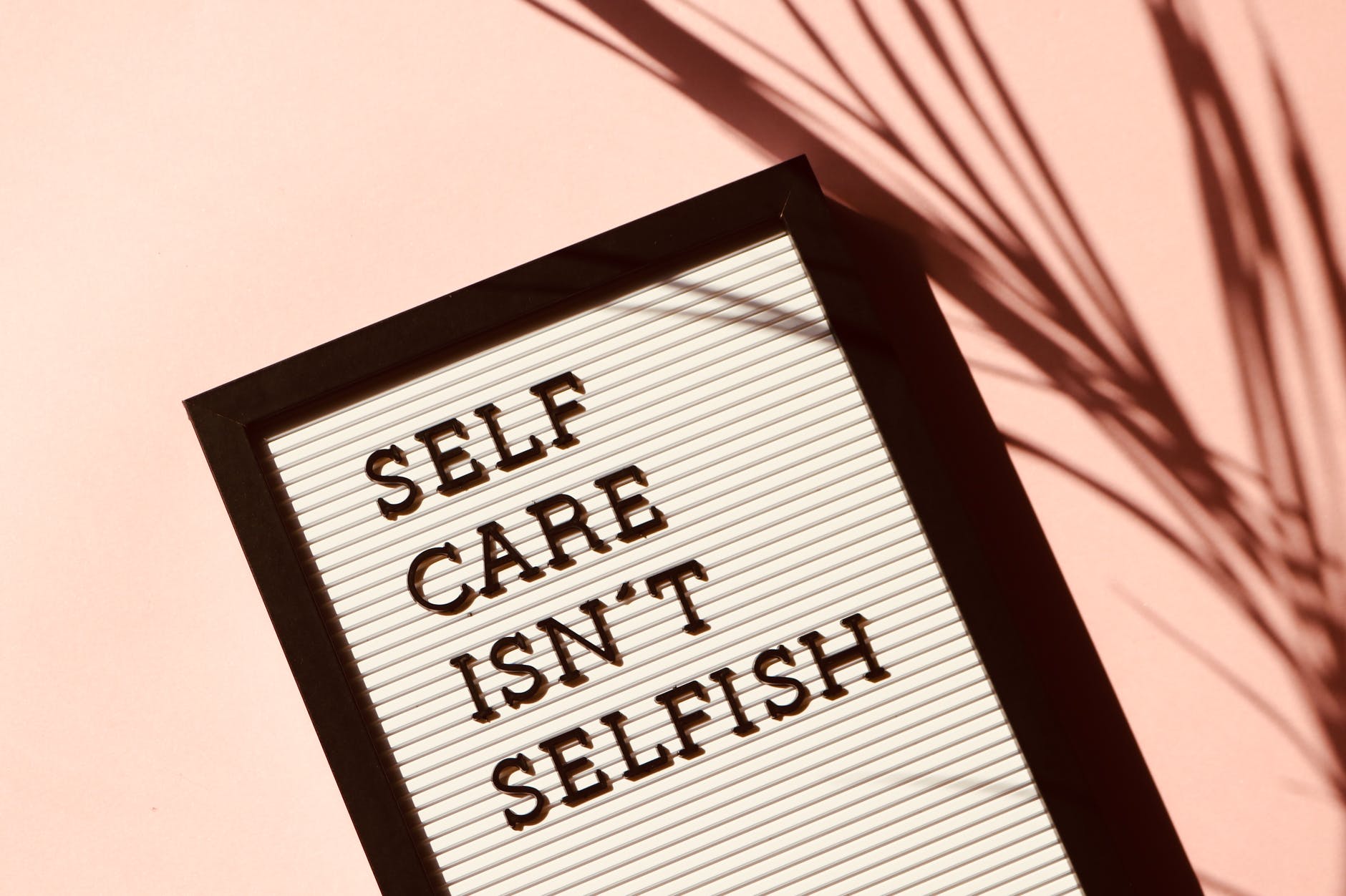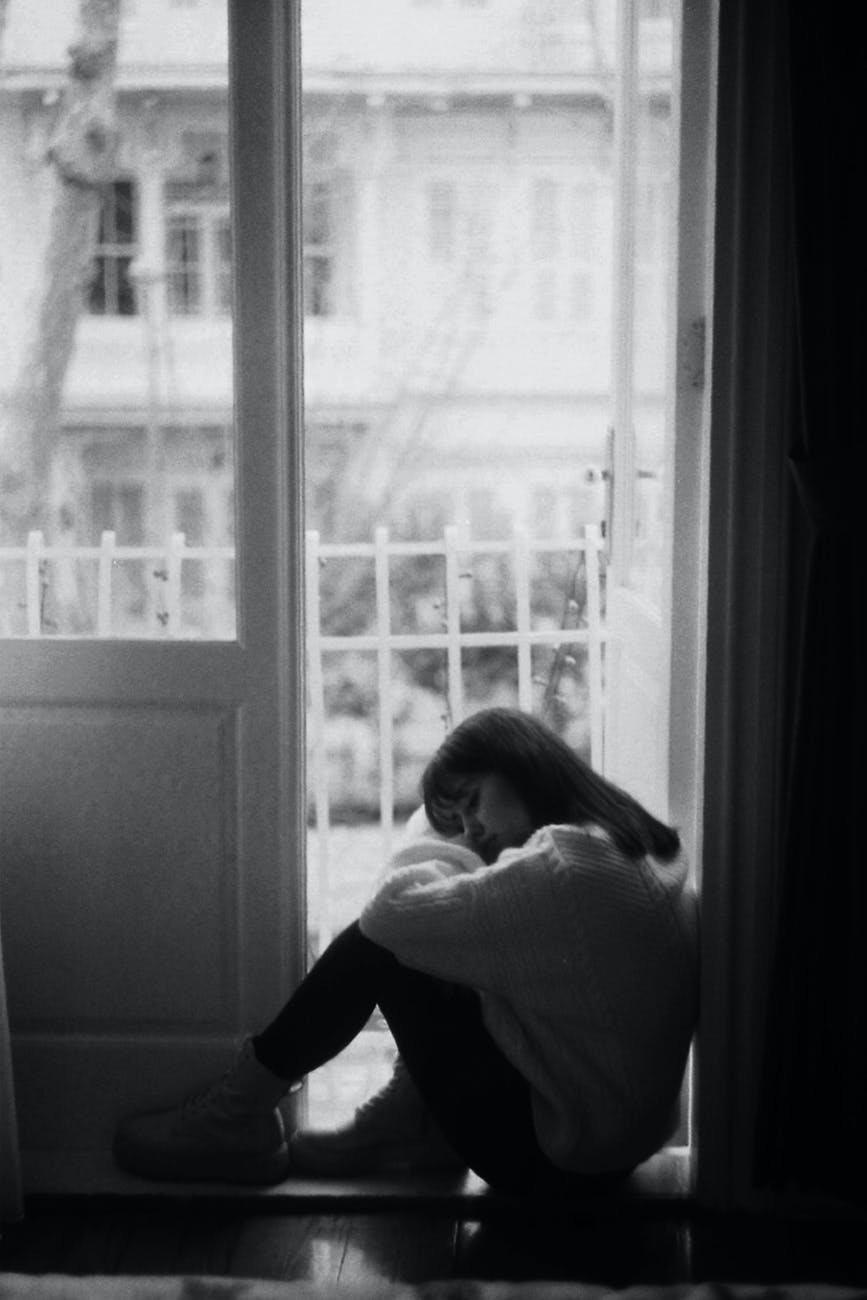The Covid-19 pandemic has brought to the fore a concept existing since eternity without due acknowledgment: Mental Health. We talk about health, wellness, diseases, injuries, etc.; however, the context mainly pertains to physical well-being. The hidden demon of mental illness, ranging from anxiety to depression, continues affecting people globally.

Mental Health remained a taboo topic to talk about, and it still is in several parts of the world, for a long time. People thought checking their cognitive health meant uncovering whether they were crazy. This made them uncomfortable and ignorant about the same.
However, reviewing your mental hygiene means keeping a tab on your feelings, state of mind, and whether you are mentally healthy or not. This is necessary because mental health matters as much as physical health. Moreover, a weak mental state reflects poorly on physical well-being.
Thanks to the Pandemic, a gradual public discussion began, mostly on social media platforms. It is, obviously, a blessing in disguise, though. Covid-19 remains the most obnoxious current world issue. People came up with their stories about coming out of the wood and beating the odds. It inspired others to seek treatment, whether medical or personal.
Now, let’s talk about the U.S. and how Mental Health resonates with its people. It would be interesting to learn and compare the specific parameters against the stark issue.
Moreover, here are some ways in which you can overcome mental isolation.
Mental Health in the United States of America
Nearly 50 million Americans in 2019, before the pandemic, experienced mental illness. There is severe depression among 2.5 million youth of the country and more among the multiracial youth population.
In the last 15 years, suicide rates have swollen by a massive 25%. In the recent past, mental health issues have caught the government’s attention, and several actions have been taken. But the problem is, the facilities are not readily available to ordinary people. There is still a considerable gap between availing physical and mental treatment.
Mental health service basically means that people suffering from mental health issues, chronic or acute, should get treated in a safe and secure environment.
12,472 registered mental health facilities were available in the U.S. as of 2019. 9,766 operated for less than 24 hours, and 1,892 were available throughout the day.
During the COVID-19 pandemic, in 2020, adults suffering from mental illnesses in Australia got help more quickly when compared to the same population of the U.S. 47% of adults in Canada and 32% of adults in the United Kingdom were able to get mental health treatment services.

Inpatient and Outpatient Mental Health Treatment
There are two types of mental health treatments offered generally — inpatient and outpatient. Inpatient services are for those who suffer from dangerous issues. They can be a threat to themselves or others. Examples include people with a drug overdose, unstable mind, those experiencing psychosis, etc.
Outpatient services are for patients not suffering from a chronic issue. They may return home every day after treatment.
The top U.S. Hospitals for Mental Health
- These are the top hospitals for adult psychiatry—
- John Hopkins Hospital in Maryland
- McLean Hospital in Massachusetts
- Massachusetts general hospital
- New York-Presbyterian University Hospital of Columbia
Age and Mental Health in the U.S.
Mental issues are not age-specific but there is a general perception of youngsters being void of them. There are very few hospitals or facilities that accept people of all age groups. And this is even less for people under 18 years of age.

In 2019, 27 million adults in the U.S. never received treatment for their mental health issues. Three-quarters of youth, i.e. 60% of youngsters, did not receive any mental health treatment for depression.
The rate of substance abuse by the youth has increased more than ever. In the past year, the difference between adults and juveniles using substances was less than 50%.
Color and Mental Health in the U.S.
White youth suffering from mental health issues have easy access to top-rated services, whereas their Asian counterparts are less likely to have access to mental health services. Youth of color— native Americans, Indian Americans, multiracial, blacks get low-quality services in the education settings.
A new national hotline number, 988, was recently started to prevent suicides. The BIPOC population has always suffered more than the white population regarding mental health issues. The hotline will create a continuous supply of mental health services focusing on the BIPOC folks.
Why People Don’t go for Treatment?
Obviously, we need facilities and executive support to have a robust mental health infrastructure. However, the lack of self-initiative is a major roadblock.
There were several reasons why U.S. adults didn’t receive mental health treatment. 40.8% said they couldn’t afford the costs. 32% thought they could tackle the problem independently, and 31% did not know where to get the services.
Other reasons include- not having time, outsider perception, confidentiality concerns, fear of medicines, etc. The table below shows the exact percentage with their reasons.

Three Simple Suggestions
We are into the second decade of the 21st century. The world as a whole needs to realize the importance of Mental Health. Below are some things that should be prerequisite when it comes to healing the mind:
? Access: We need to expand access to services. Every person in the nook and corner of America should get mental health assistance.
? Science-based care: The government needs to invest in science-based technology for providing mental health services. It will ensure the authenticity of the process and proper care of the person. A skilled workforce with scientific knowledge is any day, a better option.
? Integration: Mental health care and physical health care should be integrated and coordinated together. This will help make things easier.
Some More Bits
Anyone of any age, gender can suffer from mental illnesses, and they should be heard. But, some groups suffer more. The adult population of the U.S., one-quarter, suffers from mental health issues. Women suffer more than men. The mental health of the people of Oregon, Utah, Louisiana was demonstrated as poor in a recent survey. Some mental health conditions are difficult to treat than others. Especially those that occur due to consuming substances (drugs, etc.)
Coming out of the trauma caused by anything, be it a mental stumble or another obstacle, is difficult. Before reaching out for treatment, acceptance is necessary, which takes immense strength. Try talking to friends who listen and stay in a positive environment. I understand it is easier said than done; however, if you have the will to overcome, overcome you shall.


Leave a Reply